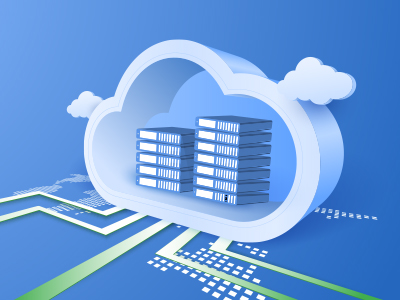To get top performance from your cloud, you need to first understand the sources of poor performance in the cloud.
1. The nature of cloud.
The very nature of cloud introduces obstacles to performance. Cloud is a shared environment, and your workloads aren’t the sole users of the underlying hardware. You have no control over the other users of the device, and limited ability to view the performance factors of the physical servers. Additionally, you lack control over when maintenance is performed; although cloud providers generally provide notice of scheduled maintenance, you may not be able to take effective steps to prevent impacts on your systems.
2. Your choice of cloud provider.
Not all cloud providers are the same, and the differences in how they make cloud accessible can impact the performance you experience. In particular, they differ in how much they depend on public internet and how traffic travels within their own data centers, between their own regions, and to connect with other cloud providers. In addition, different cloud providers offer different SLA agreements.
3. Selected cloud resources.
Cloud providers offer a range of cloud instances, and choosing among them isn’t easy. The instance types described don’t correlate directly with specific physical servers. In addition, choosing IaaS instead of PaaS leaves you with more responsibility for building out your environment, and provides more chances for you to make choices that result in poor performance.
4. Application architectures.
Legacy applications lifted-and-shifted to the cloud aren’t able to use cloud-native features that may offer better performance. Their internal designs may rely on claiming large amounts of resources that aren’t needed, which can affect both their own performance and that of other workloads. They also aren’t able to scale automatically, limiting their ability to maintain performance levels.
5. Networks.
WAN and internet connections and the associated bandwidth and latency have significant impact on the performance experienced by end-users as well as hybrid cloud applications that need to share data.
6. Users’ devices.
The performance of the device in the user’s hand or on their desktop can create a perception of poor performance. Older devices or devices infected by viruses can deliver bad experiences to the end user. Making sure your users have a good experience in the cloud requires making sure they’ve got updated, protected devices that function well in addition to ensuring backend cloud servers are performing well.
Addressing performance problems starts with identifying where they’re coming from. Collecting metrics isn’t enough to tell you that you have a problem; you need to have target levels and KPIs that let you know when the metrics aren’t good. Ideally KPIs will be identified as part of your cloud planning, while monitoring will alert you to where you’re failing to meet the KPI.
Once performance issues are identified, they can be addressed. This may require changing elements of your cloud implementation, such as upgrading to more expensive but better-performing cloud instances, or redesigning applications to take better advantage of cloud’s capabilities.
VAST IT Services provides comprehensive cloud services that address all cloud challenges, including performance issues. Contact us to learn more about making sure your cloud meets your business needs.



